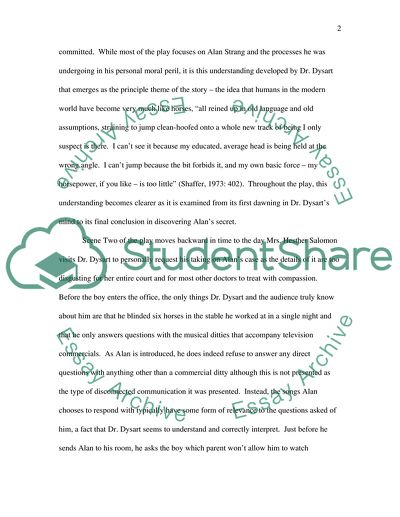Cite this document
(Analysis of Peter Shaffer's Play Equus Essay Example | Topics and Well Written Essays - 5000 words, n.d.)
Analysis of Peter Shaffer's Play Equus Essay Example | Topics and Well Written Essays - 5000 words. Retrieved from https://studentshare.org/literature/1711170-drama-2-equus
Analysis of Peter Shaffer's Play Equus Essay Example | Topics and Well Written Essays - 5000 words. Retrieved from https://studentshare.org/literature/1711170-drama-2-equus
(Analysis of Peter Shaffer'S Play Equus Essay Example | Topics and Well Written Essays - 5000 Words)
Analysis of Peter Shaffer'S Play Equus Essay Example | Topics and Well Written Essays - 5000 Words. https://studentshare.org/literature/1711170-drama-2-equus.
Analysis of Peter Shaffer'S Play Equus Essay Example | Topics and Well Written Essays - 5000 Words. https://studentshare.org/literature/1711170-drama-2-equus.
“Analysis of Peter Shaffer'S Play Equus Essay Example | Topics and Well Written Essays - 5000 Words”, n.d. https://studentshare.org/literature/1711170-drama-2-equus.


